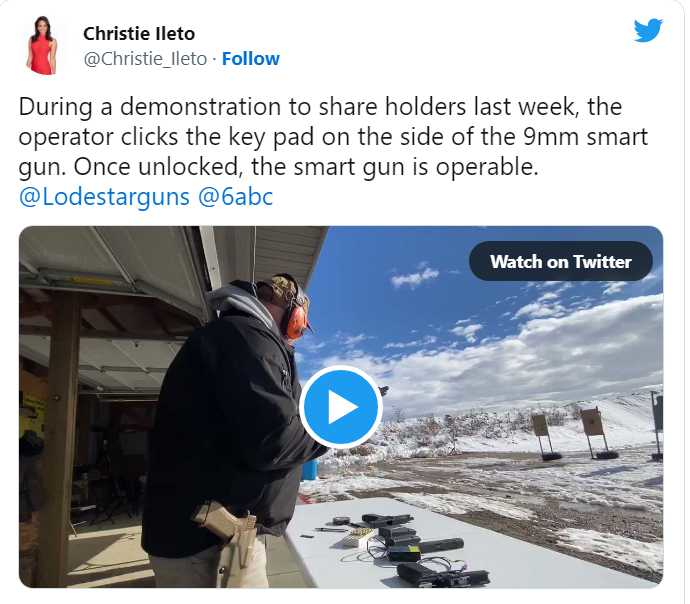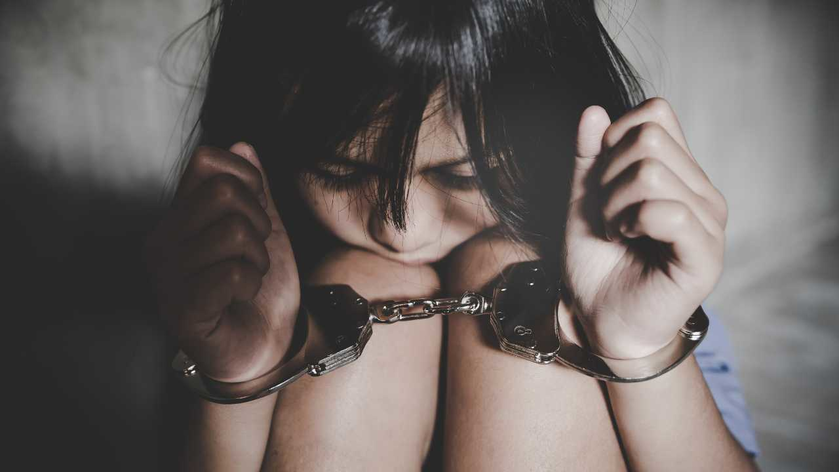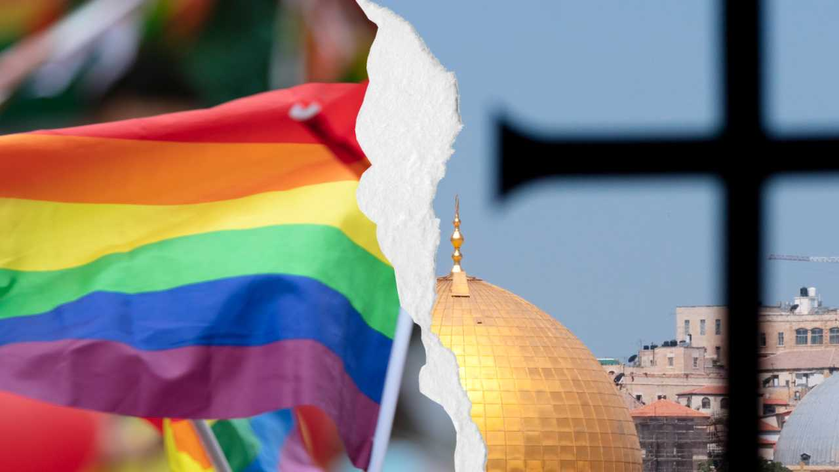It is 3 AM and there is a loud noise that wakes you up from a dead sleep. It sounds like someone has just kicked in your back door and is making their way through your house. You have your wife and your three children all sleeping soundly. What do you do? Do you open your nightstand and grab your weapon or do you have first to open a safe or remove a trigger lock?
Could the bad guy reach your family before you have the time to release your weapon from its safe location?
For many, there is no question that the decision to bring a firearm into your home, especially when there are children in the home, means that the firearm will be stored in a safe manner. Yet many feel that the precious seconds it would take to access the life-saving weapon is too long and that they will store their firearm in a way that is instantly accessible.
Smart guns, also known as "personalized firearms," are firearms that are equipped with technology designed to prevent unauthorized use. The idea behind smart guns is to make it impossible or very difficult for someone other than the authorized user to fire the weapon, thereby reducing the risk of accidental shootings or gun thefts.
Smart guns can be designed to recognize a specific user's fingerprint, grip pattern, or other biometric information to activate the weapon. Other technologies being developed include RFID chips, magnetic rings, and Bluetooth connectivity.
There is an ongoing debate about the effectiveness and feasibility of smart gun technology. Supporters argue that it could help reduce gun violence, accidental shootings, and thefts, while opponents argue that the technology is unreliable and could potentially fail in life-or-death situations.
Some critics also express concerns about the reliability and accuracy of the technology, citing the possibility of false positives or malfunctions. Additionally, the cost of implementing such technology may be prohibitive for many gun owners.
Colorado-based Biofire Tech is taking orders for a smart gun enabled by facial-recognition technology, the latest development in personalized weapons that can only be fired by verified users.
Sounds cool right? You can store your weapon, at the ready and in plain sight and the gun will only fire if an authorized user is detected. Except, if there is one thing everyone knows about technology and Mcdonald's ice cream machines, they fail and they fail often.
Biofire's gun can also be enabled by a fingerprint reader, one of several smart gun features designed to avoid accidental shootings by children, reduce suicides, protect police from gun grabs, or render lost and stolen guns useless.

The first consumer-ready versions of the 9mm handgun could be shipped to customers who pre-ordered as soon as the fourth quarter of this year, with the standard $1,499 model possibly available by the second quarter of 2024, Biofire said.
 They are not cheap, but as the technology advances, the practicality and the ability to be able to take the gun from a safe state to ready to fire almost instantly seems like a good thing.
They are not cheap, but as the technology advances, the practicality and the ability to be able to take the gun from a safe state to ready to fire almost instantly seems like a good thing.
One must not forget that for every technological advance that is made, so too is a hacker or a criminal looking for a way to circumvent the security features involved.
BioFare is not the only company bringing smart guns to the market. LodeStar Works and Free State Firearms, are also close to offering a smart gun for sale in the US.
LodeStar Works integrated both a fingerprint reader and a near-field communication chip activated by a phone app, plus a PIN pad. The gun can be authorized for more than one user.
The fingerprint reader unlocks the gun in microseconds, but since it may not work when wet or in other adverse conditions, the PIN pad is there as a backup.

In January of last year, LodeStar and Reuters were at the center of a controversy in which a Reuters reporter was present when LadeWorks test-fired their smart gun. Reuters reporter Daniel Trotta wrote that the third-generation prototype fired “without issue” during a live-fire demonstration for investors and the media. The article was a much-hyped "exclusive" for the outlet that ranted and raved about the miraculous technology.
However, additional footage of the event surfaced after the Reuters article was published that showed the LodeStar Works gun couldn’t manage to fire two rounds without an issue during one of the exercises.
Christie Ileto, a reporter from 6ABC, captured video that showed the range officer saying he was going to fire two rounds. The first round breaks as expected. Then the RO presses the trigger again and…nothing. And again. No bang. It had become a dead trigger after a single shot. Clearly, in this instance, LodeStar (didn’t) Works.
 Currently, many people oppose laws that make securing their firearms at all times mandatory.
Currently, many people oppose laws that make securing their firearms at all times mandatory.
Laws that are designed to limit access to guns by unauthorized users, including minors, by requiring that guns be kept locked in a secure place or requiring a firearm locking device, vary from state to state. Massachusetts and Oregon require that all firearms be stored with a lock in place. Some of the other safe storage laws as of 2021 are:
California: California requires that firearms be stored securely when not in use to prevent access by children or unauthorized individuals.
Connecticut: Connecticut requires that any person who owns or possesses a firearm must store it in a locked container or with a trigger lock if a minor under the age of 16 is likely to gain access to the firearm.
Hawaii: Hawaii requires that firearms be secured with a device such as a trigger lock or a gun safe.
Illinois: Illinois requires that all firearms be secured with a locking device or stored in a safe place if there is a minor under the age of 14 in the residence.
Massachusetts: Massachusetts requires that all firearms be stored in a locked container or equipped with a tamper-resistant mechanical lock or other safety device.
New Jersey: New Jersey requires that firearms be stored securely to prevent unauthorized access.
New York: New York requires that firearms be stored in a safe storage depository or equipped with a locking device that prevents unauthorized use.
It's important to note that laws related to safe storage or gun lock requirements can change over time, so it's always a good idea to consult the most current local laws and regulations.
Overall, the development and implementation of smart guns is an ongoing process and is likely to evolve over time as the technology advances and as debates about gun control and safety continue.


















